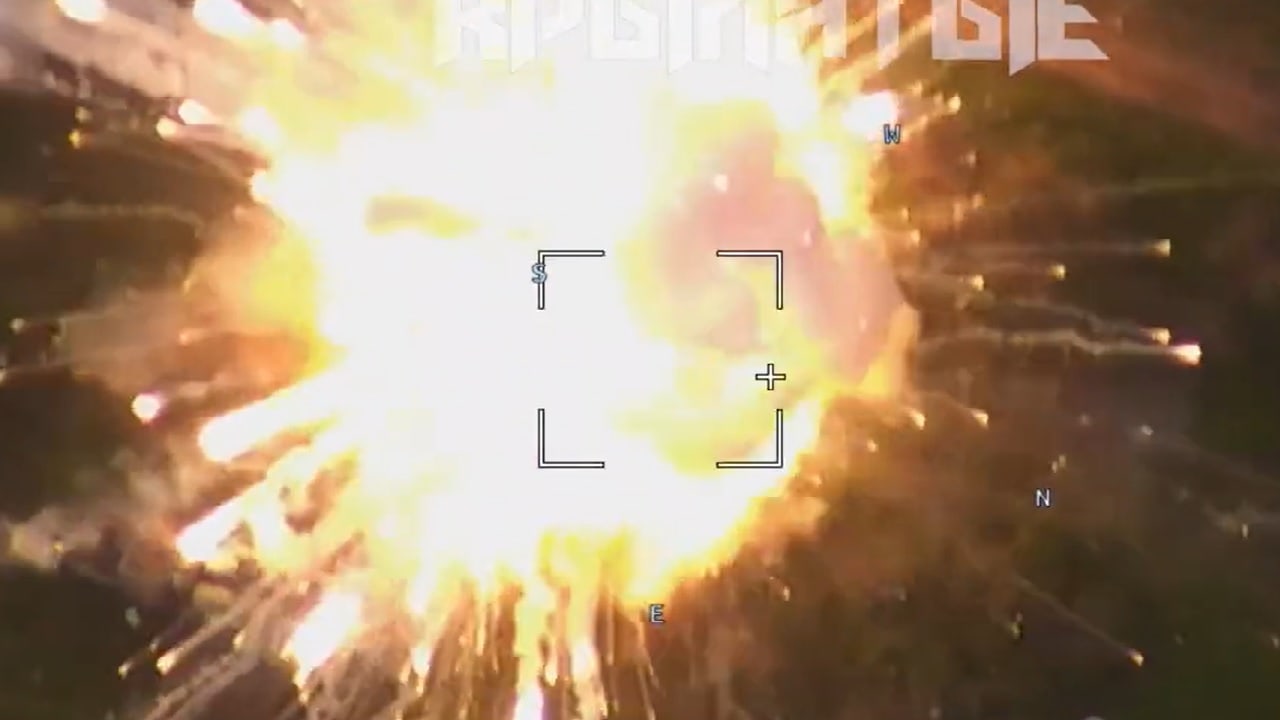Leaked classified information points to Ukraine as the possible perpetrator behind the Nord Stream gas pipelines sabotage that took place in September.
The classified documents leaked online by U.S. Air National Guardsman Jack Teixeira reveal that the U.S. Intelligence Community had information that Ukrainian special operators were planning to attack the gas pipelines.
The Plot Thickens
Last June, an unnamed allied European intelligence service had shared information with the Central Intelligence Agency that Ukrainian special operators were planning to attack the Nord Stream pipelines.
According to the Washington Post, which was the first to report on the existence of the leaked classified intelligence assessment, the CIA had information that Ukrainian special operators had planned a covert plan to take out the Nord Stream gas pipelines through sabotage.
The identity of the Ukrainian special operations team hasn’t been revealed, but it likely came either from the Ukrainian Military Intelligence (GUR) or the 73rd Naval Center of Special Operations, a Navy SEAL-like unit. Per the reports, the Ukrainian combat divers reported directly to General Valerii Zaluzhnyi, the commander-in-chief of the Ukrainian Armed Forces.
The intelligence report used information provided by a source in Ukraine. The U.S. Intelligence Community shared the intelligence with close European allies, including Germany. However, according to the leaked documents, Ukraine didn’t proceed with the operation. And yet, German officials investigating the attacks have found evidence that matches those of the Ukrainian covert plan. It is still unclear to what extent Ukrainian President Volodymyr Zelensky was involved in potential sabotage of the gas pipelines.
It is crucial to highlight that special operations units often plan about potential contingencies that might arise in the future. For example, the U.S. Joint Special Operations Command (JSOC) has detailed plans for every major U.S. diplomatic facility around the world in the event that it needs to be evacuated—much like it happened in Khartoum, Sudan, in April. But the existence of a contingency plan by itself isn’t proof of culpability, though it certainly points in a direction.
The Nord Stream Attack
On September 26, explosions took place on the Nord Stream 1 and Nord Stream 2 gas pipelines in the Baltic Sea. Owned by the Russian Gazprom, the pipelines connect Russian and Germany, and Nord Stream 1 had been fueling the German economy with precious fuel for years. Because of the wholesale Russian invasion of Ukraine, natural gas transfers from the pipelines had been reduced.
Due to the damage of the attack, both gas pipelines went out of service, and the cost of repairing them could run in the hundreds of millions of dollars.
When the sabotage took place, the Ukrainian military had just completed an impressive dash in the east of the country, liberating hundreds of square miles of territory in just a few days. Kyiv was also getting ready to launch a second counteroffensive in the south in the direction of Kherson City.
However, winter was approaching, and with it, tensions within the Western coalition supported Ukraine with military, economic, and humanitarian aid. Europe depended—and still does, though to a lesser extent—on Russian energy.
An attack on the Nord Stream gas pipelines that was attributed to Moscow could provide enough pushback against Russia to hold the Western coalition together throughout a winter with extremely expensive energy.
A 19FortyFive Defense and National Security Columnist, Stavros Atlamazoglou is a seasoned defense journalist specializing in special operations, a Hellenic Army veteran (national service with the 575th Marine Battalion and Army HQ), and a Johns Hopkins University graduate. His work has been featured in Business Insider, Sandboxx, and SOFREP.
From 19FortyFive
Ukraine Footage Shows U.S. M982 ‘Excalibur’ Cut Through Russian Artillery
How To Sink A $3 Billion Dollar Submarine: Leave A Hatch Open
Smashed To Pieces: Video Shows Ukraine Hitting Russian Air Defenses

